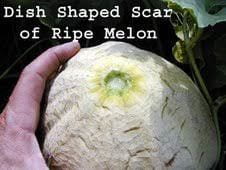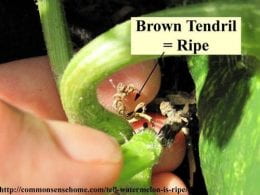The hot weather we have had recently can interfere with how quickly our vegetables and fruits mature. The best temperature for tomato growth and fruit development is 85 to 90F. When temperatures exceed 100 degrees, the plant goes into survival mode and concentrates on moving water. Fruit development slows to a crawl. When temperatures moderate, even to the low to mid 90s, the fruit will ripen more quickly.

Tomato color can also be affected by heat. When temperatures rise above 95 degrees F, red pigments don’t form properly though the orange and yellow pigments do. This results in orange fruit. This doesn’t affect the edibility of the tomato, but often gardeners want that deep red color back.
So, can we do anything to help our tomatoes ripen and have good color during extreme heat? Sure, there is. We can pick tomatoes in the “breaker” stage. Breaker stage tomatoes are those that have started to turn color. At this point, the tomato has cut itself off from the vine and nothing will be gained by keeping it on the plant. If tomatoes are picked at this stage and brought into an air-conditioned house, they will ripen more quickly and develop a good, red color. A temperature of 75 to 85 degrees F will work well.
By: Cassie Homan





